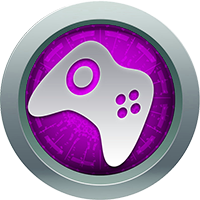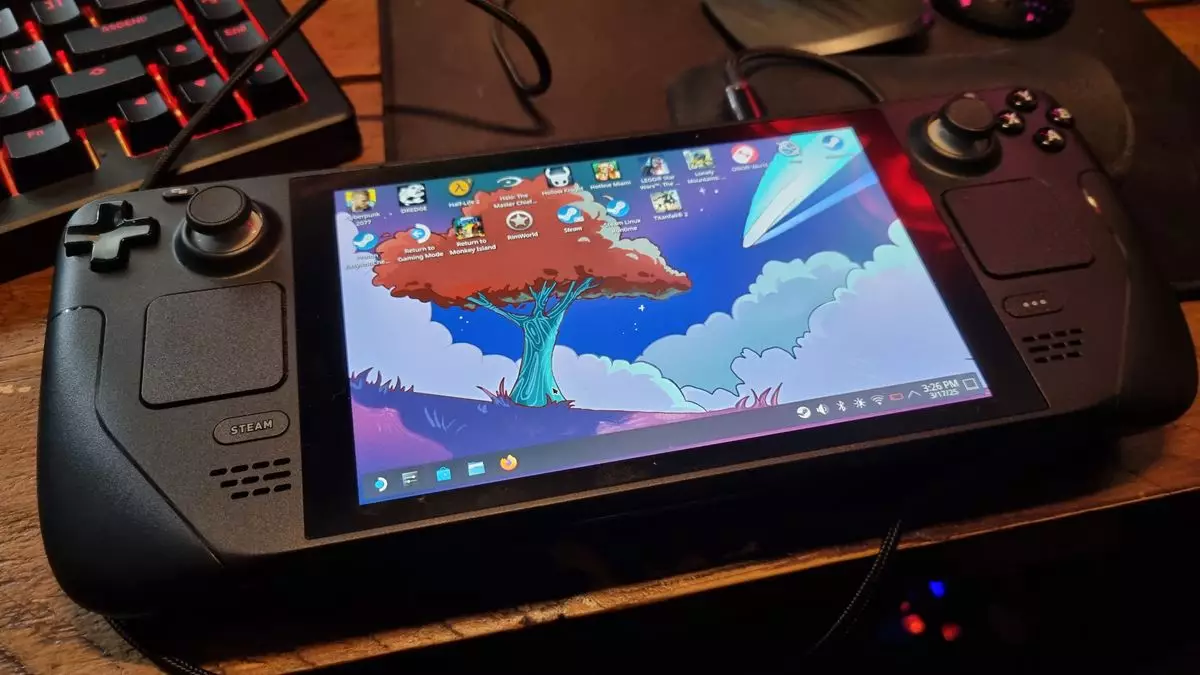The gaming landscape has evolved dramatically over the years, and portable gaming has started gaining traction like never before. With SteamOS 3.0 making its grand debut alongside the original Steam Deck in 2022, the anticipation for its application in other handheld devices has been palpable. The recent announcement regarding SteamOS 3.7.0 Preview, which includes enhancements tailored for devices like the Lenovo Legion Go S, signals an exciting chapter for gamers. Valve seems to be committed to expanding its ecosystem, leading many to wonder what this means for the future of handheld gaming.
The Dawn of Non-Steam Deck Handhelds
While the Steam Deck has undeniably captured the attention of gamers, its impact on the broader gaming community is only beginning to unfold. The inclusion of support for non-Steam Deck handhelds in the latest SteamOS update bodes well for the gaming community. Primarily, the focus is currently on the Lenovo Legion Go S, which aims to leverage the strengths of SteamOS 3.7.0. As the technological barriers between dedicated gaming devices blur, it’s invigorating to think that more brands might integrate this Linux-based operating system into their products.
One has to applaud Valve for laying the groundwork in a time when handheld gaming devices are already flourishing with tailored experiences on Windows platforms. There’s more than mere excitement behind this update; the potential for streamlined gaming across various devices can open avenues for emerging companies and disrupt the status quo within the industry.
Streamlined User Experience with Plasma 6.2.5
One of the core improvements within the SteamOS 3.7.0 update is the integration of Plasma 6.2.5 into the desktop mode of the Steam Deck. This updated interface is not just about aesthetics; it represents an effort to create a seamless and immersive user experience. The inclusion of floating panels and an organized settings menu makes navigating through various functionalities intuitive.
The addition of features such as the whimsical “cube effect,” which animates multiple desktops in a playful way reminiscent of classic hacker culture, signals Valve’s intention to blend functionality with fun. While some may consider these visual enhancements minor, they significantly contribute to the overall experience, making users feel they are interacting with an innovative interface rather than a mere operating system.
Progress Amidst the Struggles
However, this update is not without its hurdles. The nature of any Preview update implies an inherent risk of bugs, as illustrated by my personal experience when I installed it on my Steam Deck. Encountering unexpected issues and glitches, such as power button behavior leading to desktop flashes, is frustrating but expected in a beta-test environment. Nevertheless, Valve’s acknowledgment of such quirks reinforces their commitment to continual improvement.
Furthermore, while addressing connectivity issues with Bluetooth devices and display compatibility when using the Deck Dock, the team’s focus on fixes might seem lackluster to regular users expecting dazzling new features. However, the fundamental changes being made are pivotal for creating a reliable handheld gaming ecosystem that stands the test of time.
The Competitive Landscape Awaits
Despite the improvements, there looms a question over whether Valve’s efforts might be too little and too late. Many existing non-SteamOS handhelds now come equipped with user-friendly game-launching interfaces that cater to the needs of gamers looking for a simplified experience. Although platforms like Windows 11 provide versatility, nothing quite matches with the tailored experience of SteamOS. The synergy that Valve’s platform fosters for launching and categorizing games creates a precedent for what modern gamers expect.
As competitors continue to refine their handheld offerings, the pressure is mounting on Valve to ensure that the appeal of SteamOS extends beyond mere novelty. With its intrinsic link to the Steam ecosystem, Valve must leverage its strengths to convince users to choose SteamOS over other prevalent configurations.
The Bright Horizon for SteamOS
Nonetheless, the possibility of SteamOS becoming a more prominent choice across varying handheld gaming devices is undoubtedly enticing. The notion of unifying gaming experiences, regardless of the device, opens up opportunities that could very well redefine the future of gaming. While the update may not seem groundbreaking at first glance, the ripple effects of these changes could be vast and lasting, presenting the gaming community with a fresh viewpoint on portable gaming. In a market as dynamic as this, every step toward greater inclusivity and improved experience is a step in the right direction.


Leave a Reply